Alright – so today we’ve got the honor of introducing you to Victoria Meade. We think you’ll enjoy our conversation, we’ve shared it below.
Victoria, thanks for taking the time to share your stories with us today Can you recount a story of an unexpected problem you’ve faced along the way?
Farming is NOTHING BUT the unexpected. Whether that be uncooperative weather, a broken tool, malfunctioning machinery, or pests that destroy your crops and kill your animals. We have experienced all of these in our very short farming journey of nearly two years. We began our farm in August of 2021, nearly on a whim, after we met a someone (now a friend) who also grows hops about an hour away from us. We visited his hop yard and fell in love. We were looking for a way to break into farming, and hops seemed like the perfect avenue for us. The hops industry in Ohio is new, and we would be able to use the funds from our hops to grow the rest of our farm.
We jumped right in by creating an LLC and opening a business bank account. We asked a neighbor with a tractor (which we did not have at the time) to help us till a one acre patch of soil on our property – success! Now all that we needed to do was……build a trellis twenty feet high in the air and spanning one entire acre. Easy, right? Well, we thought it would be, in theory. But of course, in practice it was not easy at all. It took us nearly 9 months to complete.
We ran into problems the entire way, start to finish. After the successful tilling of the soil, we were feeling confident, and asked the same neighbor if he could help us drill the post holes for our 20 foot long pine poles. The positioning of these poles are crucial because they hold the weight of the cable system on top, which the hops will grow up and on to. On hole number 3, our neighbor bent the tool he was using to drill the holes. We had to buy him a new one. It took two days, but eventually all 40 holes were completed! The day our order of poles arrived, we rented another machine, called a telehandler, to place them into the holes we drilled. Then we discovered that the holes were about 3 feet too shallow and would need to be re-dug with a bigger tool.
Re-digging the holes and using new machinery to place all of the poles took months but we were up against the clock because once winter came we knew we wouldn’t be able to finish the job. We managed to get the holes in the ground right before the Holidays.
This was a momentous occasion. What we thought was going to take a couple weeks took us three months. We had a long road ahead of us yet, and many more problems that came our way. But placing the poles was by far the most stressful (and expensive) experience of our farming journey. Of course, it also happened right at the beginning – so we started questioning whether or not we had made the right choice in our investment.
I am happy to report that today the trellis is not only fully built, but fully functional. We have an operating hop yard, and I am so proud of us for getting through it.
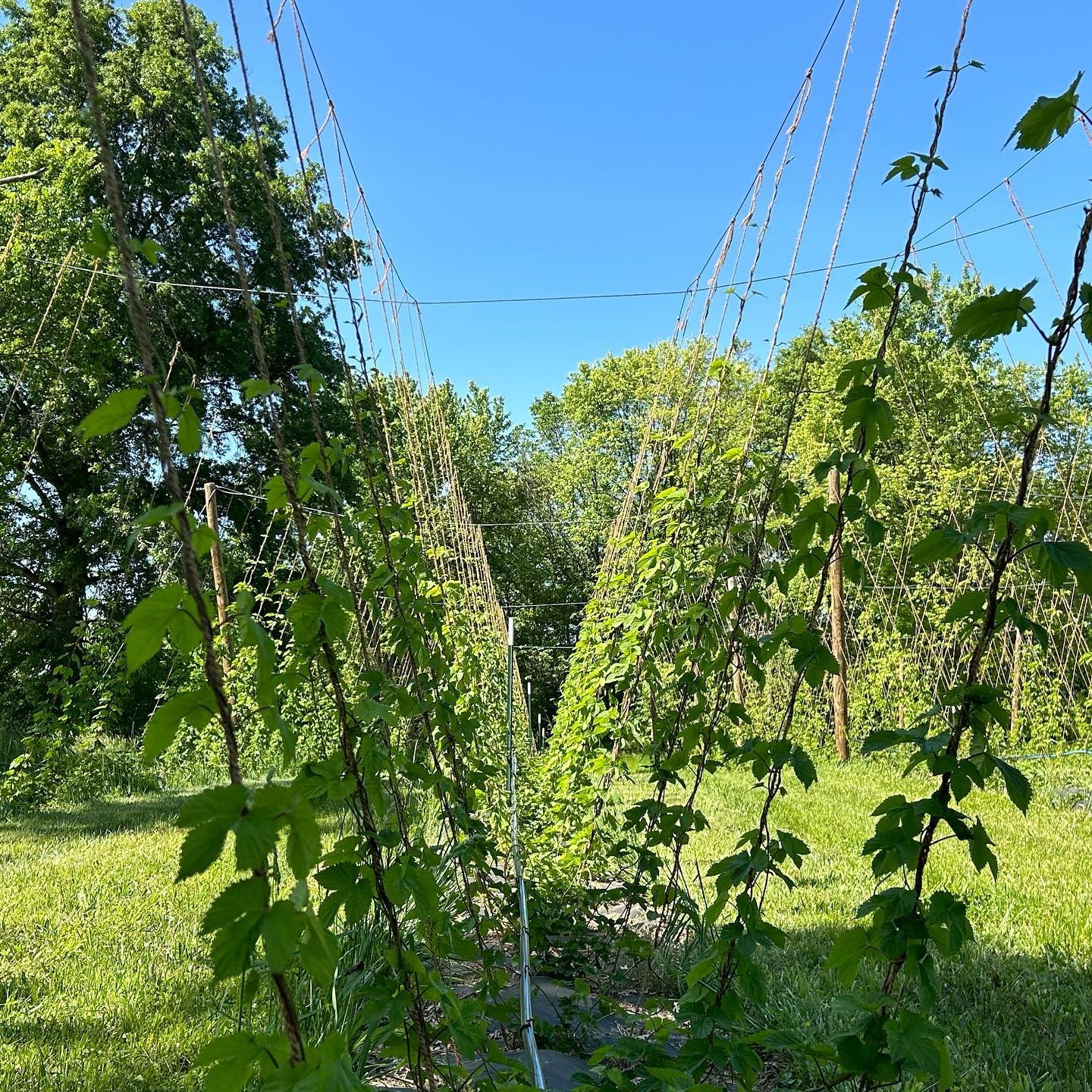
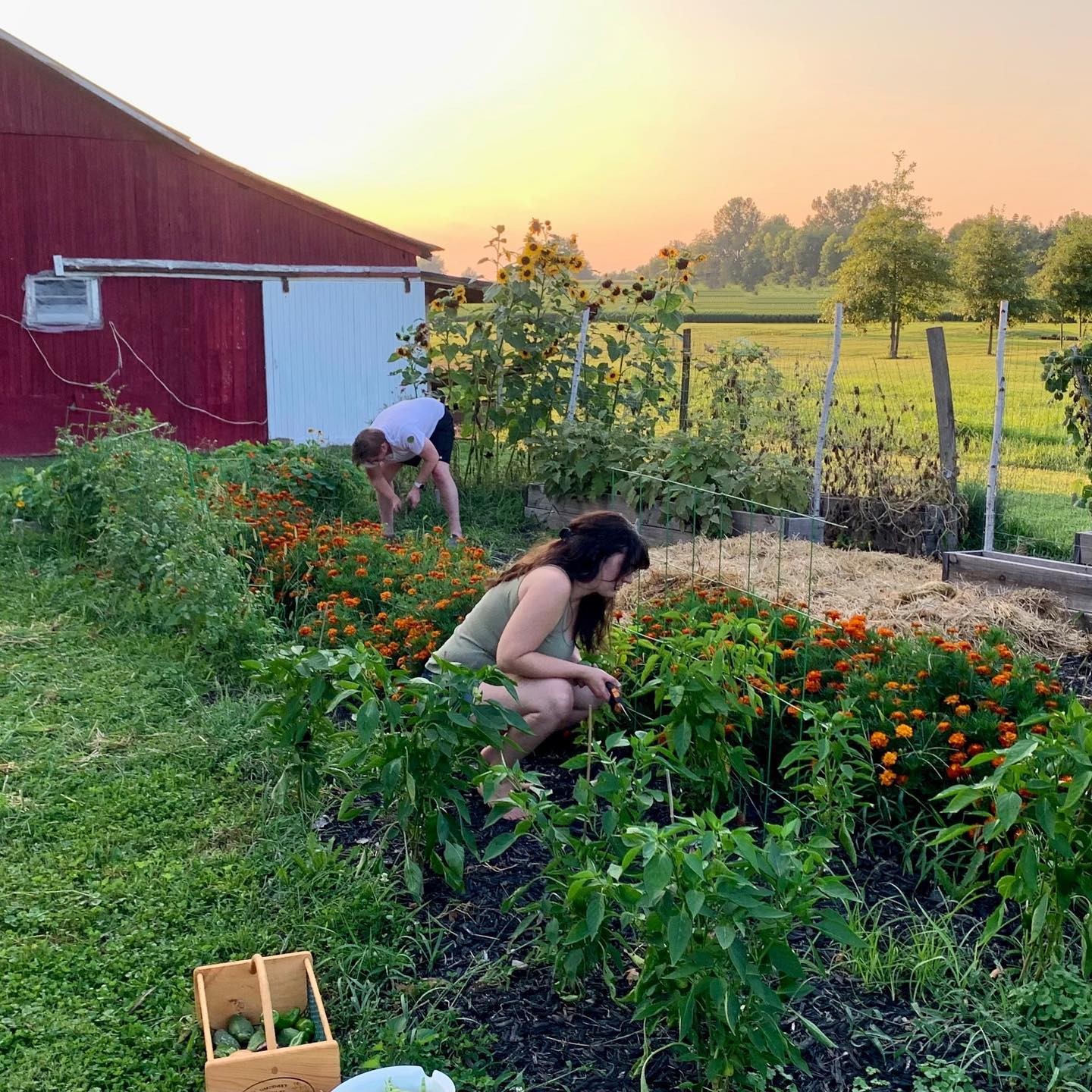
As always, we appreciate you sharing your insights and we’ve got a few more questions for you, but before we get to all of that can you take a minute to introduce yourself and give our readers some of your back background and context?
I’m Victoria, and my husband Jesse and I are hop growers in the Midwest. We got into farming after moving on to 11.5 acres that my family owned which was primarily just grass. We knew nothing about farming whatsoever, but felt strongly that it was part of our life’s purpose to build one. We were brainstorming how to start when we met someone who grew hops. We visited his hop yard, and fell in love. There is so much serenity to be found standing among a wall of hops growing 20 feet in to the air, softly swaying in the breeze. Plus, who doesn’t love a good craft beer?! We saw ourselves doing this, and got to work that same week on game plan to grow our own hops.
We started with one acre on the corner of our property in August of 2021. Hops are perennials, meaning they come back every year, and they take a few years to fully mature. This is the first full growing season our hops have had and they are doing fabulous! We are so proud of ourselves for establishing the infrastructure, including the irrigation, that we would need to grow over an acre of hops plants. That’s more than 400 plants, which will produce nearly 1,000 pounds of hops once fully mature! It is no small undertaking.
Our deepest desire is to use the funds from our hops operation to scale our farm into a small regenerative practice that heals the land and feeds our community. I am a big believer that food is life in all ways, especially in building connections to one another. Food is universal among all people. We all eat, and what we eat, as well as how it was grown, prepared, and shared with others is paramount to our health.
That’s why we started with hops. Here in the Midwest, there are hundreds upon thousands of micro breweries serving local communities. These are the places where community members get to know one another and celebrate where they live and work. So we believe that local breweries should be using local hops to brew their beer. Unfortunately, however, most hops in the United States are grown in the pacific northwest, 3,000 miles away from us here in Ohio. Or worse, they are grown in another country altogether.
We want to change that, and so we established a one acre hop yard on our property. This is just the beginning for us, and we want to use all proceeds from our hops to continue scaling up and eventually offering meat and produce to our local community as well. Fresh, whole, food of all kinds is our end goal. That’s how much we care!
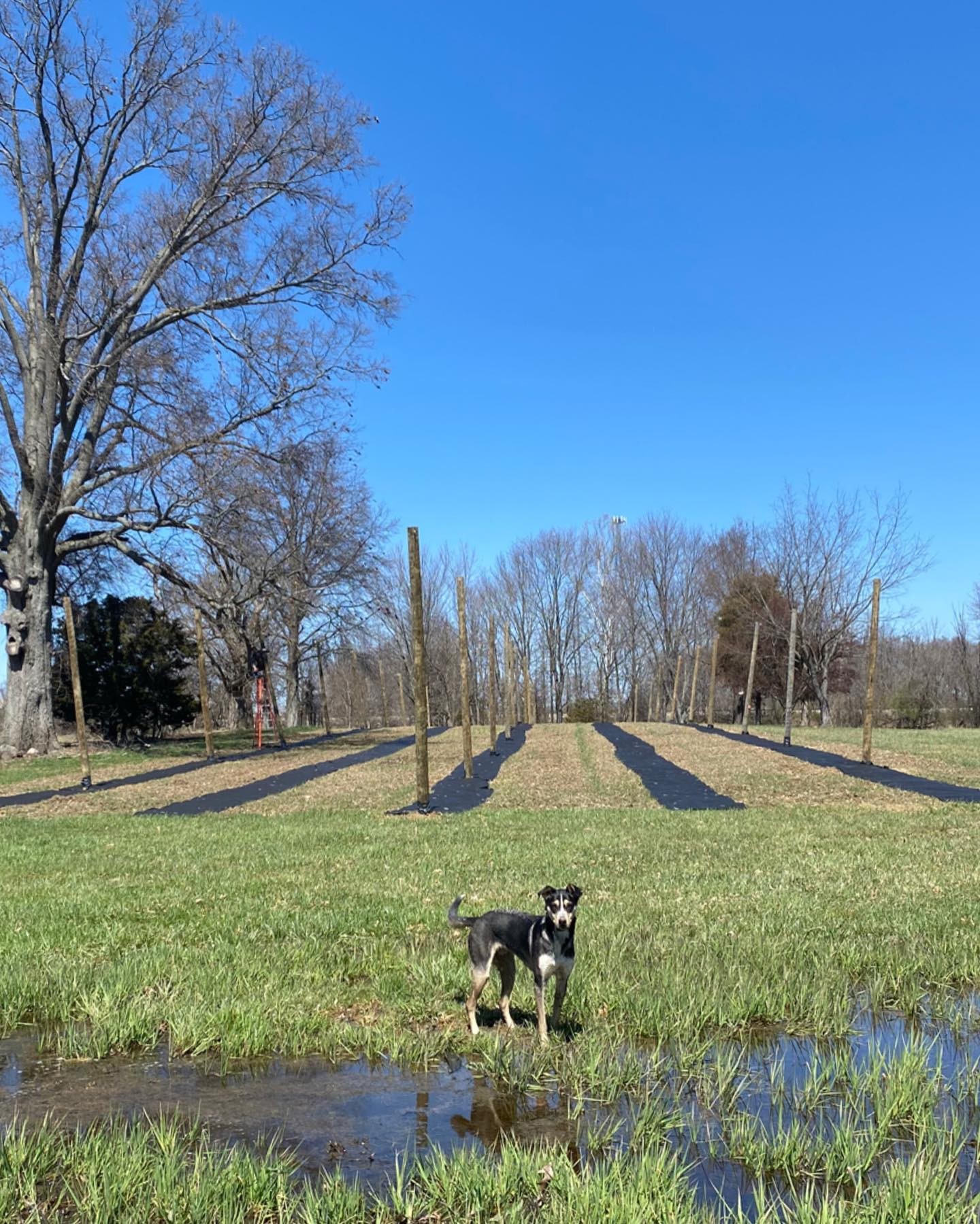
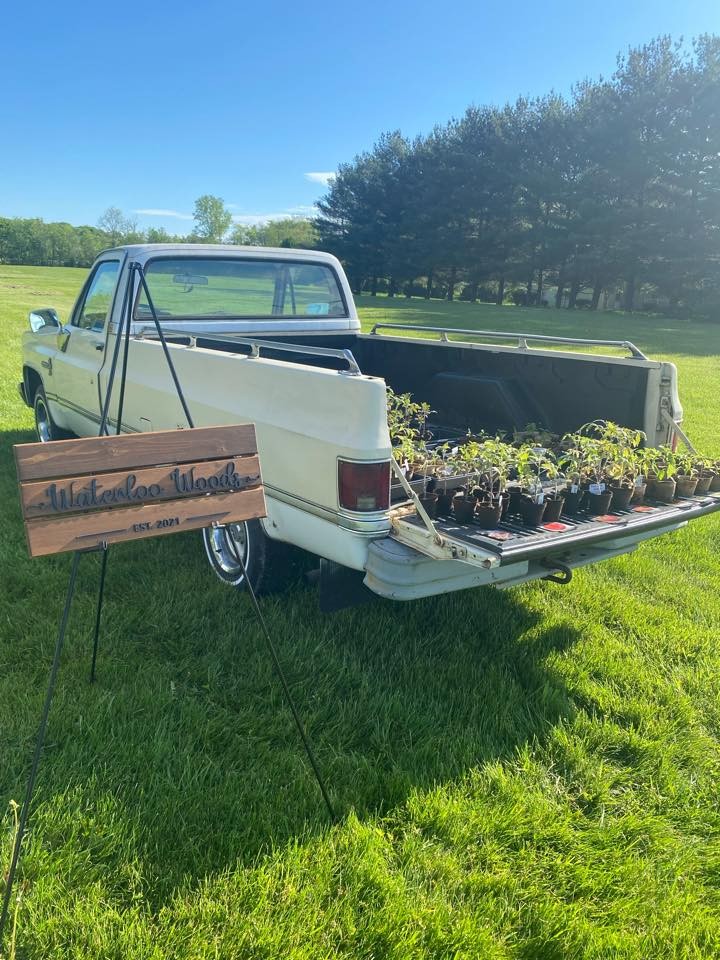
Can you talk to us about how your funded your business?
I chose this question because it is a common one, and one that is especially important for other people like us. We are very middle class. My husband and I do not come from a wealthy background. Both of us went to college and received advanced degrees in fields entirely unrelated to farming. He is an attorney and I work in real estate development using my Master’s degree. But we quickly realized that our chosen career paths were merely a means to an end, and our jobs by themselves did not bring us fulfillment.
We took out a tremendous amount (the size of a mortgage) in student loan debt to get our advanced degrees. Our regret in doing so is a separate topic. The only reason why we were able to start our business is because our student loans were paused during the pandemic. We saved what would’ve been our student loan payments and used it as our initial capital. All in all, we spent about $15,000 in start up costs. This was quite literally an investment in our dream and legacy as humans on this Earth – the definition of fulfillment and purpose.
This is year 2, and as hops take a few years to mature, we have not yet realized a profit. However, the yearly maintenance costs are relatively low as long as you are willing to put in a lot of labor yourselves – which is precisely what we are doing! We have complete faith that our investment will eventually pay off, and in the mean time we both work full time jobs off of our farm and tend to our hops on evenings and weekends. It is exhausting, but we are future focused.
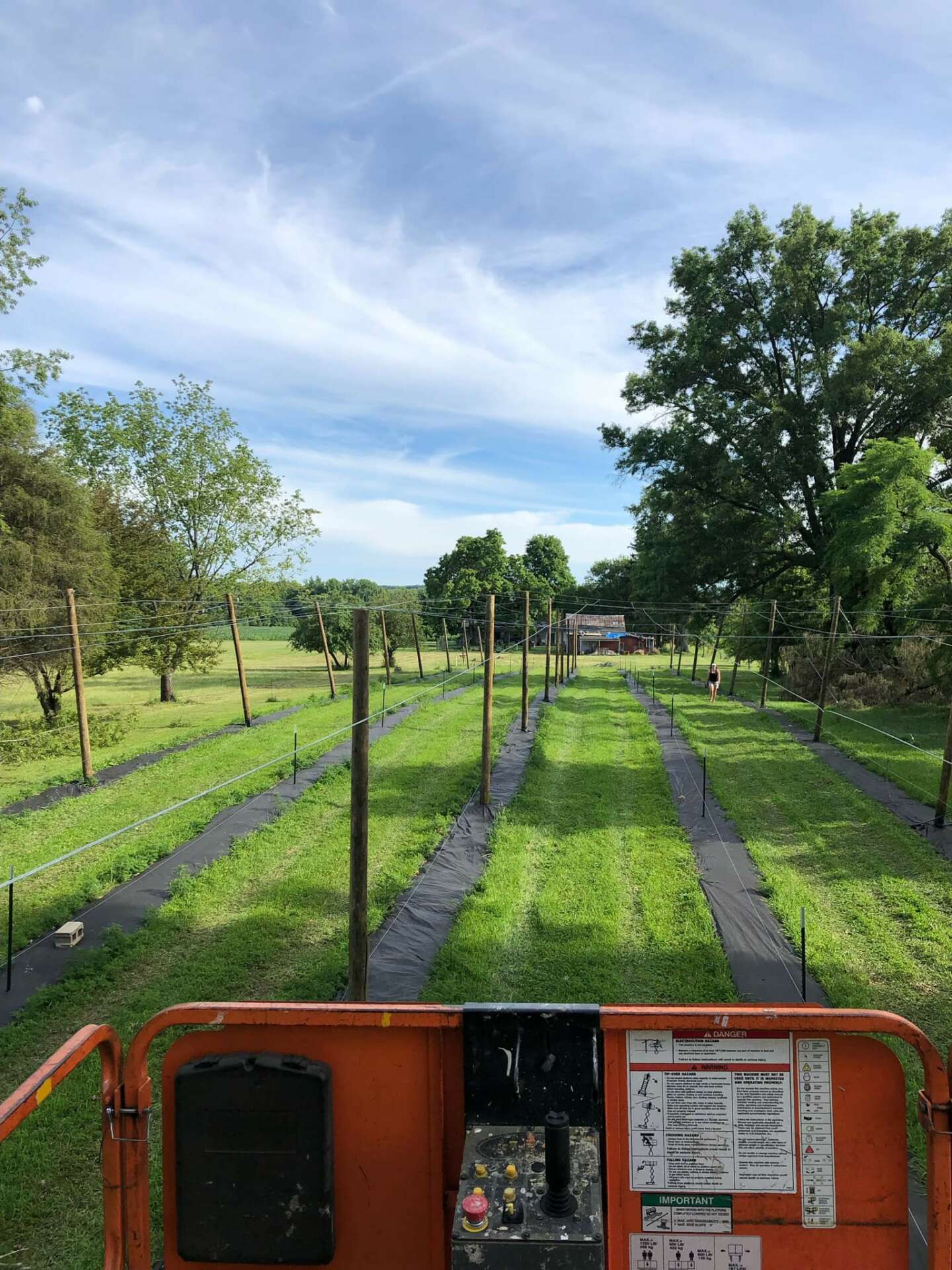
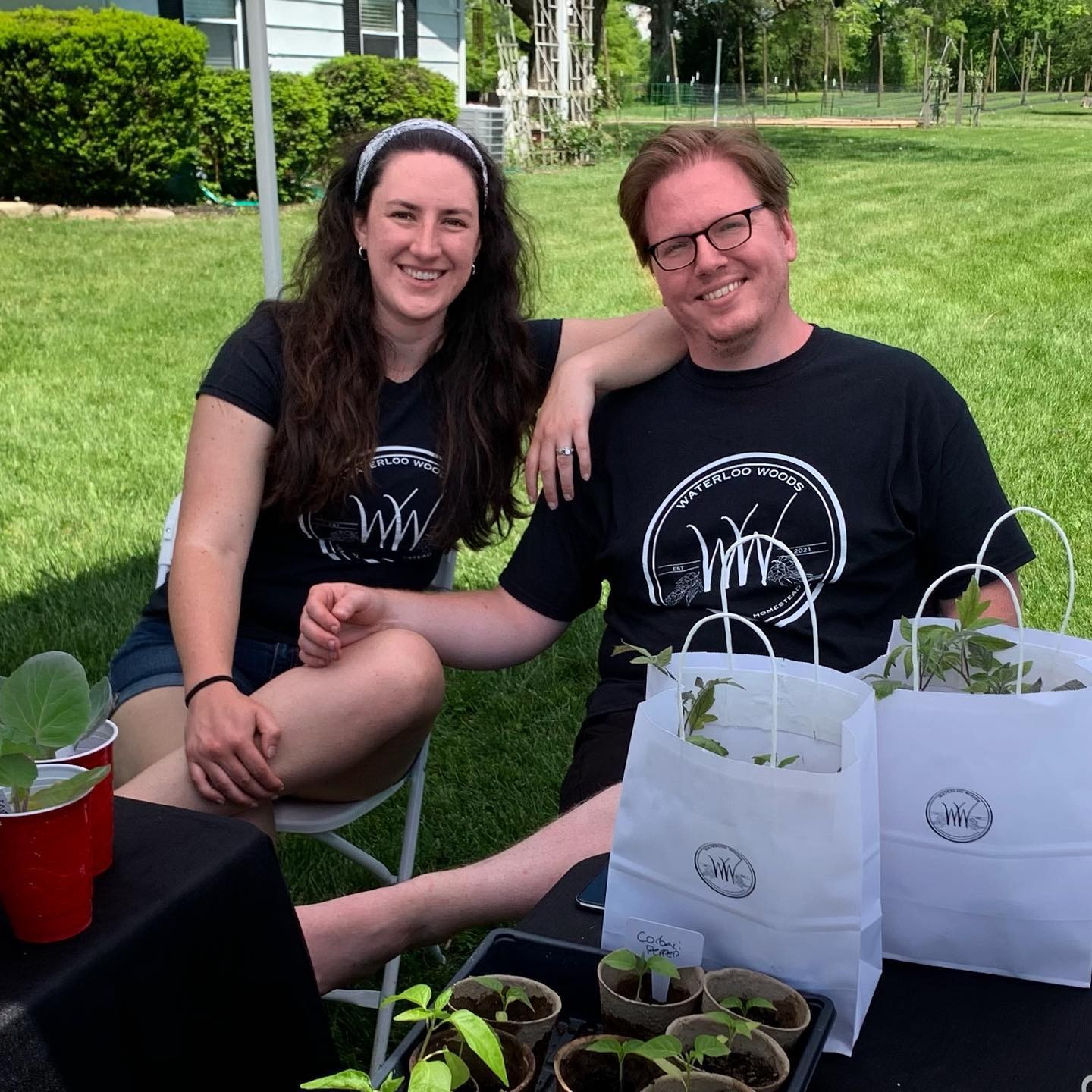
What’s worked well for you in terms of a source for new clients?
While our hops are still in their first growing year, we have interested buyers in our local community. This was a key strategy for us in building out the framework for our business. Before we selected the variety, or type, of hops that we grow, we reached out with and met local brewers in our area one on one. We didn’t take no for an answer, and if a Brewer was difficult to get a hold of, I would physically drive to the brewery myself just after opening hours to meet the Owners and Head Brewers to ask them what kind of hops they use and what sort of beer they would be interested in brewing in the future.
This informed our decision on what types of hops we would select to cultivate. As I mentioned previously, hops are perennials (coming back every year), so whatever decision we made would be fairly permanent.
Meeting in person really is the key to gaining new clients. Earning their trust by providing samples and regular contact is also extraordinarily helpful. Get to know people – that is the best source for new clients!
I would also recommend any type of association or organization within your industry. For example, there is an organization called the Ohio Hop Growers Guild (OHGG), of which we are a part. Frequently, OHGG meets with the Ohio Craft Brewers Association to share what is going on in our industry and make sure the needs of Brewers are being met. We have met several brewery owners this way, and the exchange of ideas and feedback is crucial to the success of the hops industry here in the Midwest (which, again, is relatively new!).

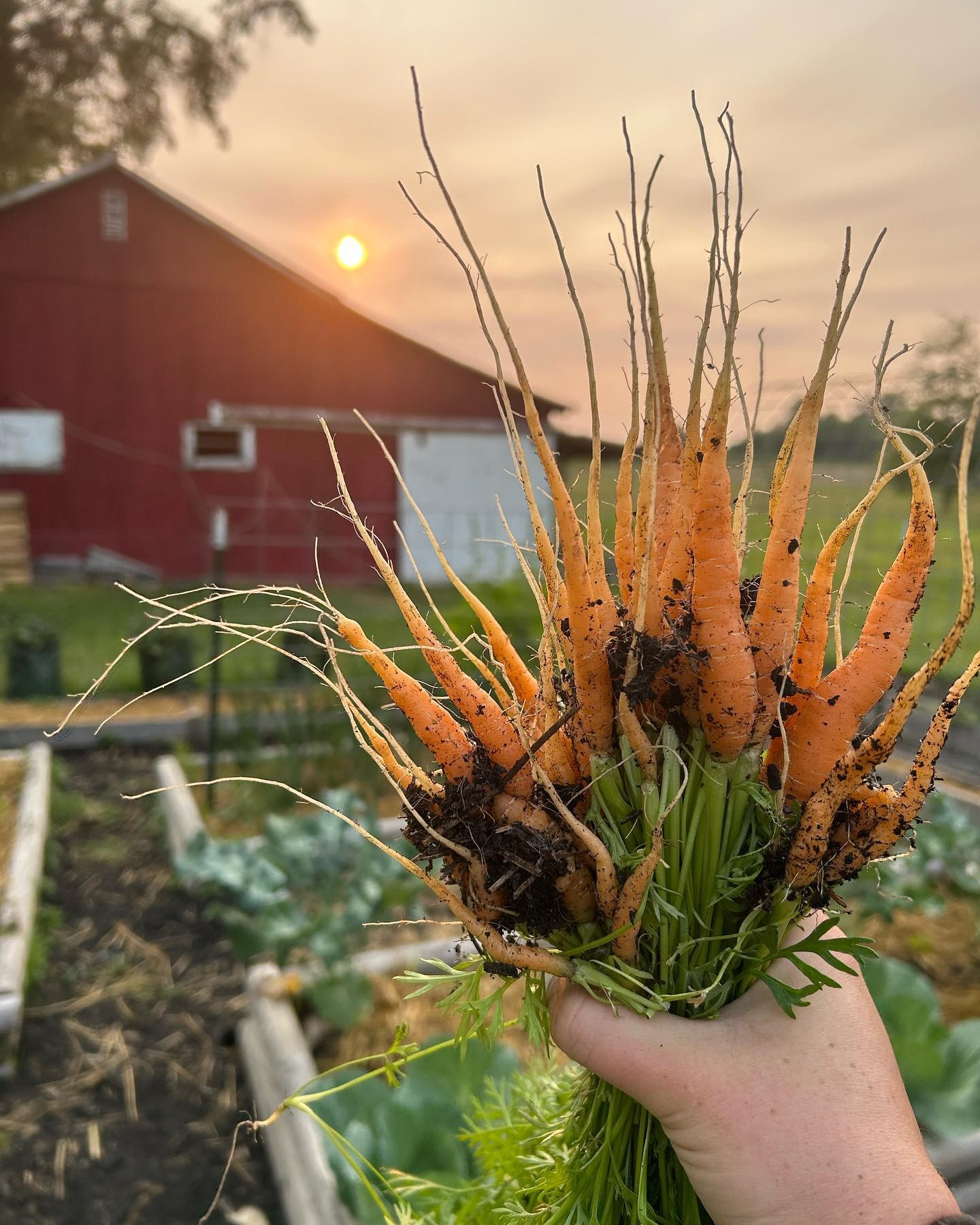
Contact Info:
- Website: https://waterloo-woods.com/
- Instagram: https://www.instagram.com/waterloowoodsfarm/
- Facebook: https://www.facebook.com/WaterlooWoods/
- Youtube: https://www.youtube.com/@waterloowoodsfarm
- Other: Please subscribe to our YouTube channel! We want this platform to be a key portion of our future business model.
Image Credits
M. Tate Photography


